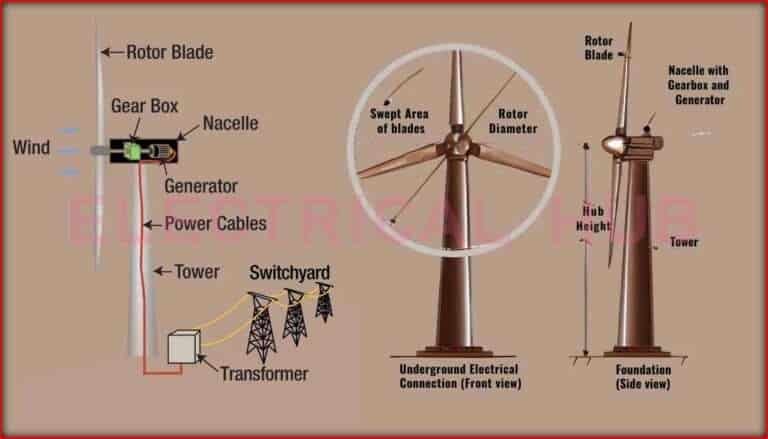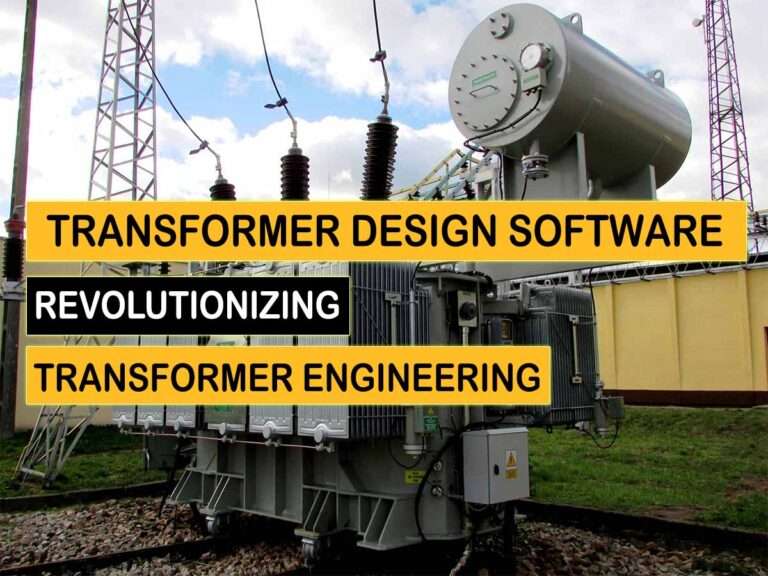Smart Grid Technologies, Communication Technologies, and Standards
The energy sector is going through a massive transformation. At the heart of this change lies a powerful system known as smart grid technologies communication technologies and standards. These systems are reshaping how energy is generated, distributed, and consumed.

Gone are the days of one-way electricity flow. Now, power flows in two directions. And with that change comes the need for reliable communication, advanced standards, and smart devices that talk to each other in real-time.
This article dives deep into the communication backbones, global standards, and real-world applications that support the smart grid. It also highlights how this evolution benefits both providers and consumers. Let’s explore how these technologies are revolutionizing the world of energy.
What Are Smart Grid Technologies Communication Technologies and Standards?
To understand the full scope, we need to break the phrase down:
- Smart Grid Technologies are modern systems that integrate digital technology into the traditional grid.
- Communication Technologies allow different parts of the grid to talk to each other.
- Standards ensure that devices and systems from different manufacturers can work together smoothly.
Together, smart grid technologies communication technologies and standards create a unified, efficient, and resilient energy system.
Importance of Communication in Smart Grids
A smart grid cannot function without fast, secure, and reliable communication. Communication technologies allow the transmission of data across the grid. This includes information about energy demand, supply levels, faults, and performance.
Every element — from power plants to home meters — needs to exchange data. These messages help maintain grid stability, efficiency, and cost-effectiveness.
Without communication, smart grids would just be traditional grids with expensive equipment.
Communication Technologies Used in Smart Grids
Smart grids rely on various communication technologies. These are often chosen based on performance, cost, and application. Here are the most common ones:
1. Power Line Communication (PLC)
PLC uses existing electrical lines to transmit data. It’s cost-effective and ideal for reaching remote areas. But it can suffer from interference, especially in older infrastructure.
2. Fiber Optics
Fiber-optic cables provide high-speed and high-bandwidth data transfer. They are perfect for critical infrastructure and backbone systems. However, installation is expensive.
3. Wireless Technologies
Wireless systems, including Wi-Fi, ZigBee, WiMAX, and 4G/5G, offer flexible and scalable solutions. Wireless is especially useful for Smart Grid Technology in IoT, where devices are often mobile or in hard-to-wire places.
4. Cellular Networks
Cellular communication allows real-time monitoring and control. With the rise of 5G, latency is low and coverage is wide, making it ideal for urban smart grids.
Standards That Drive Smart Grid Communication
To make sure everything works seamlessly, global organizations have developed a set of standards. These standards define how data is transmitted, secured, and interpreted.
IEEE 2030
This standard provides guidelines for smart grid interoperability. It covers the integration of energy technology and communication networks.
IEC 61850
Common in substations, this standard defines communication protocols for intelligent electronic devices. It enables fast automation and protection of equipment.
NIST Framework
The National Institute of Standards and Technology (NIST) has developed a framework to guide U.S. smart grid standards. It promotes security, interoperability, and innovation.
Standards like these are essential for the success of Smart Grid Technology Courses, which teach engineers how to build and manage compliant systems.
Role of IoT in Smart Grid Communication
The Internet of Things (IoT) is critical in smart grid systems. Smart Grid Technology in IoT enables millions of sensors, meters, and devices to connect and share data in real-time.
Smart meters, for example, can monitor electricity usage and send that information back to the utility. This helps balance supply and demand and reduces energy waste.
IoT also supports predictive maintenance. Sensors can detect potential failures before they cause problems. This reduces downtime and saves money.
Smart Grid Technologies Communication Technologies and Standards in Renewable Energy
Renewable energy sources like solar and wind are variable. They don’t produce power at a constant rate. This creates challenges for grid stability.
Smart Grid Technology and Renewable Energy work hand-in-hand to solve this. Real-time communication allows the grid to respond to changes in supply. Standards ensure new solar panels or wind turbines can integrate easily.
Smart inverters can communicate with the grid and adjust output based on grid conditions. Battery storage systems can also coordinate with the grid to store excess energy or provide backup.
All of this requires seamless communication and global standards to ensure compatibility.
How Communication Enhances Smart Grid Functions
Every function of the smart grid depends on communication. Let’s look at a few core Smart Grid Functions:
Demand Response
Utilities can send real-time signals to consumers, asking them to reduce energy use during peak times. This reduces strain and avoids blackouts.
Fault Detection and Recovery
When a fault occurs, the system can isolate it and reroute power within seconds. This is only possible with fast and reliable communication.
Distributed Energy Resource Management
With more homes and businesses generating their own energy, the grid must coordinate thousands of energy sources. Communication technologies make this possible.
Energy Management System in Smart Grid
An Energy Management System in Smart Grid monitors energy flows across the network. It optimizes usage, reduces losses, and improves reliability. Communication plays a vital role in this process.
The Future of Smart Grid Communication Technologies
As energy needs grow, so does the complexity of the grid. The future will see even more advanced communication systems, including:
- AI-powered analytics to interpret data in real-time
- Edge computing to process data closer to where it’s generated
- Blockchain for secure and transparent transactions
- 6G networks to enhance connectivity and reduce latency
These innovations will be taught in next-generation Smart Grid Technology Courses, preparing engineers for the challenges ahead.
Challenges to Overcome
While the progress is impressive, there are still challenges:
- Cybersecurity threats targeting communication networks
- Interoperability issues between devices from different vendors
- High costs of upgrading legacy infrastructure
- Regulatory gaps in some countries
Addressing these issues requires global collaboration and strong governance.
Conclusion
Smart grid technologies communication technologies and standards are the backbone of the modern energy system. They allow devices to talk, adapt, and optimize performance in real-time. These systems are essential for integrating renewable energy, managing demand, and ensuring reliability.
As the grid continues to evolve, so too will the technologies that power it. By investing in education, innovation, and global standards, we can create a smarter, cleaner, and more resilient energy future.
Whether you’re an energy professional, a student exploring Smart Grid Technology Courses, or a homeowner interested in solar energy, understanding these technologies gives you a clear view of where our power comes from—and where it’s going next.
Follow Us on Social:
Subscribe our Newsletter on Electrical Insights for latest updates from Electrical Engineering Hub
#SmartGrid, #SmartGridTechnology, #SmartEnergy, #IoTGrid, #RenewableEnergy, #EnergyManagement, #GridStandards, #SmartInfrastructure, #GreenTechnology, #FutureOfEnergy, #EnergyEfficiency, #PowerGrid, #TechStandards, #SmartGridCourses, #SmartGridInnovation





